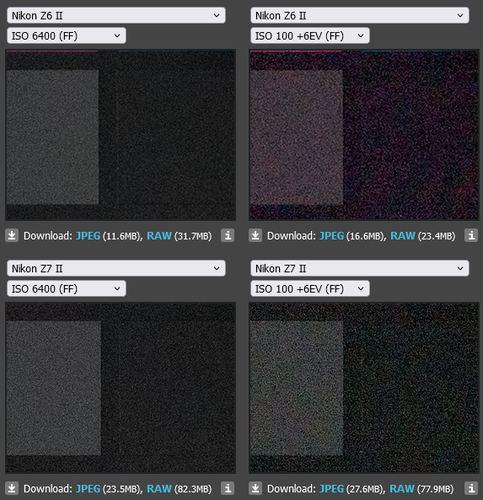It makes no photographic sense to compare noise or DR pixel-for-pixel two photos made with different numbers of pixels. We would compare the same proportion of the photo. For example, in the case of 48 MP vs 12 MP, this means we would compare the total noise/DR of 4 pixels from the 48 MP sensor to 1 pixels from the 12 MP sensor (or any multiple thereof).
So, if a 12 MP downsampled photo/frame from a 48 MP sensor is the same or less noisy (has the same or more DR) as the whole photo/frame from a 12 MP sensor, with all else more or less equal, then, no, more smaller pixels are absolutely NOT at a noise/DR disadvantage to fewer larger pixels.
You use the same false logic that so many mFT users use when they say that mFT has "more DOF" than FF, because they compare photos taken with the same f-number, as if the FF user is somehow forced to use the same f-number that they are using. In fact, I heard a former mFT mod on DPR make the claim that using f/4 on mFT is so much "easier" than using f/8 on FF. And when I asked how it was "easier", well, we all know what kind of "entertainment" ensued. Yet, here you are doing the exact same thing:
It brings us to no such conclusion at all, Don.



